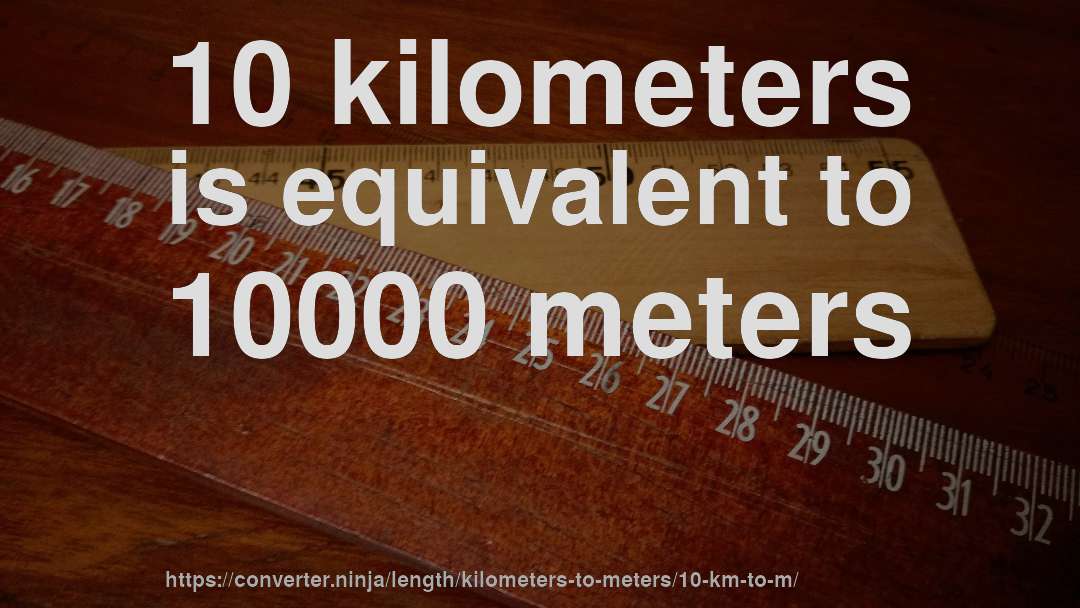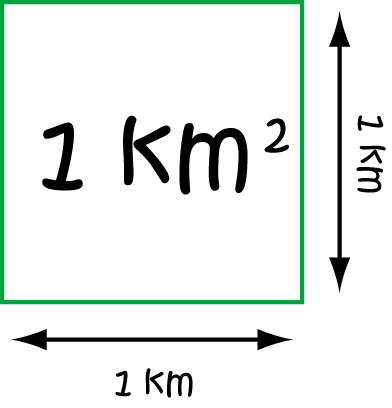
The United States and the United Kingdom are a few notable exceptions that use statute miles instead of Kilometers. The unit is employed for demonstrating the distance between geographical places on land in the major part of the world. Therefore, the term Kilometer is an amalgamation of two words- the Greek word- Kilo meaning thousand, and Meter, SI base unit of length. The term ‘Kilo’ in Kilometers is a Greek word that means thousand. However, the International Bureau of Weights and Measures doesn’t recommend k to represent Kilometers. Since we are talking about the symbol and abbreviation, many people also use the symbol ‘k’ to denote km. For instance, we can write 5 kilometers as 5 km, 6 kilometers as 6 km, and so on.

Kilo is basically a prefix of 10 3 in a metric system. In fact, it’s a multiple of the SI base unit of length, meter. Mathematically, one Kilometer is equivalent to 1000 meters. Let us begin with the definition of Kilometer- What is a Kilometer?Ī Kilometer is defined as the distance traversed by light in a vacuum in a time interval of 1/299,792,458 seconds. We have discussed the definitions, uses of the units, the relationship between them, differences, the formula for conversion, and more. Yes, you should! Hence, we have created this guide for you where you can learn the fundamentals of Kilometers and Meters ( k to m). However, before you delve into the process of converting k to m, don’t you think you should know what these units are.

One of the most obvious reasons why this metric conversion isn’t perplexing is because of the smaller number of zeroes contained in them. We are sure many of you might be feeling nostalgic as this is what we used to do in our schools (in case you aren’t a student).

If there’s any metric conversion that doesn’t seem like a nightmare, it’s this- the conversion of Kilometers to Meters ( k to m ).


 0 kommentar(er)
0 kommentar(er)
